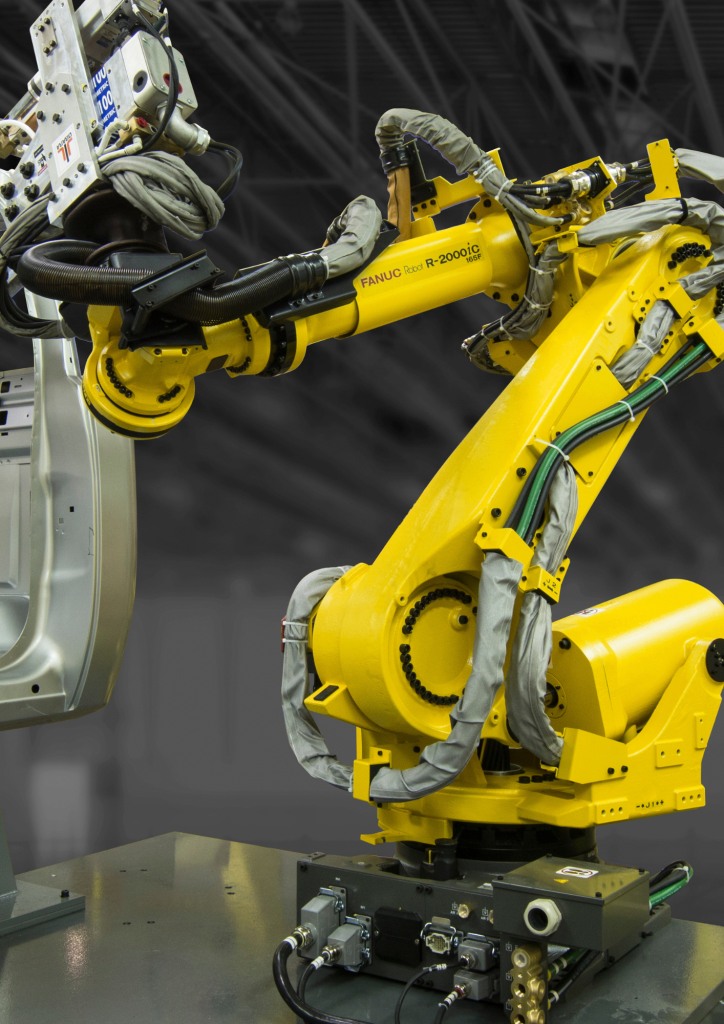Robotic arms are at the heart of modern manufacturing and production have changed the rules in a way previously thought to be not possible. They bring precision, safety and efficiency. These technological marvels, sometimes called robot arms, have become indispensable in industries worldwide, driven by the urgent need to reduce operating costs while maintaining the highest standards of quality. Integration of robotic arms in the production lines allows companies to not just cut expenses but also improve worker safety and efficiency. Find out how these robotics have changed the landscape of industrial production.
Cost efficiency is a major driving factor behind the widespread adoption of robotic arms. The demand on factories to decrease manufacturing errors, material waste and workplace accidents is constant. Robotic arms tackle these challenges head on. Robots can eliminate costly errors and decrease the amount of raw materials, because they can perform repetitive tasks more precise than humans. Robotic arms are employed in high-volume industries, such as the automotive industry, to guarantee an exact assembly. This precision translates to significant savings, since less defective products mean less rework and waste.

Image credit: automatedsolutions.com.au
Security is another pillar of the robot arm revolution. A lot of manufacturing processes, such as handling hazardous materials, or utilizing large machinery could pose dangers for human workers. By using robot arms businesses can eliminate employees from the dangerous surroundings, dramatically decreasing the risk of injuries sustained in the workplace. A robotic arm, designed as a kinematic chain of movable joints, mimics the functionality of a human arm but operates without the risk of physical harm. Equipped with end effectors that can be programmed to work basically robotic hands, These machines are able to perform tasks like grasping, spinning or welding under conditions that are hazardous for humans.
The range of applications for robot arms is a game-changer in many industries. Robot arms are able to be used for many different tasks, from automotive assembly to electronic production. They can carry out complex tasks with unparalleled precision, such as painting and tending to machines. Robotic arms in warehouses have revolutionized palletizing through the automation of loading of pallets with goods. The automation does not just boost effectiveness but also guarantees the reliability of robots, since they are able to work for hours without fatigue.
The growth of cobots (collaborative robots) that collaborate with human employees is one of the most exciting developments in the field. As opposed to traditional industrial machines that are limited to isolated cells, the cobots that are equipped with robotic arms are created to allow safe, seamless interaction with humans. The hands of a robot can be utilized to complete routine tasks like heavy lifting in factories, meaning that workers can be freed up to handle more complex tasks. Collaboration increases productivity as well as ensures a safe work environment, as cobots can be programmed so that they can adjust or stop their actions when someone is nearby.
The effect of robotic arms goes beyond safety and efficiency to the very structure of modern manufacturing. Their capability to do tasks like welding, assembly, or material handling with extreme precision has made them essential in high-risk industries. In the automotive industry such as assembly robot arms are able to turn and move components in assembly for perfect alignment without the necessity of human intervention. In the electronics industry, robots can be used to handle delicate components, which can reduce damage and increases the quality of output.
As the world’s industries continue to develop, robotic arms’ role will increase. As they can reduce costs, improve safety, and adapt for different tasks robotic arms will be the cornerstones of the future manufacturing. Combining cutting-edge technology and human creativity, robot arms are more than instruments. They’re partners driving the pace of innovation and are changing how we design our environment.